Grow Blackberries in the Garden: With thorns or without thorns?
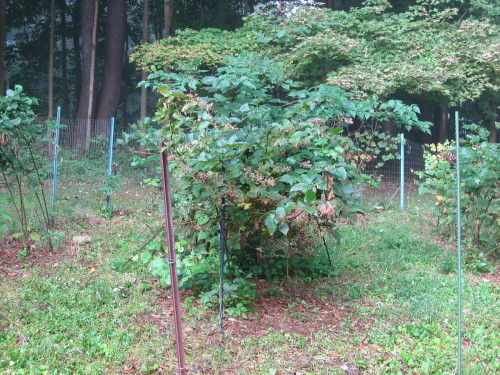
Blackberries or blackberries are wild fruits, that is, they can grow spontaneously in the field. Precisely for this reason, growing blackberries in the garden is easy and does not require much effort. Planting blackberries is a good way to have a small crop of strawberries while benefiting from all the advantages of having wild fruit hedges in the orchard.
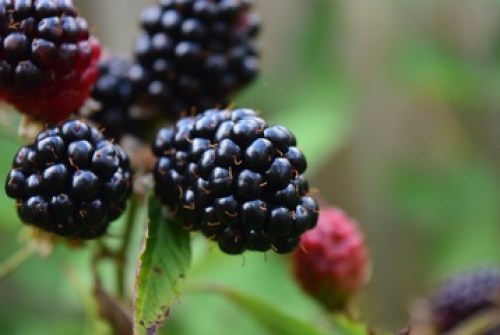
Benefits of planting blackberries and other wild fruits in the garden
Wild fruit hedges, such as blackberries, are a very good option to increase biodiversity, a very important aspect if we want to make an ecological and sustainable garden.
We have already seen in posts like 10 reasons to put hedges in the orchard, that many of the hedges with flowers, such as blackberries, raspberries or blueberries, favor pollination in the orchard since they attract bees, bumblebees and other pollinating insects.
In addition, these hedges can attract mammals or birds that could become pests of our crops, so that they come to the hedges to feed on their fruits instead of spoiling the vegetables in the garden (If you have several plants of blackberries you can cover them with nets so that the birds do not spoil them and leave one or two uncovered for this purpose).
Wild fruits, also known as «red fruits» or «forest fruits» are a good substitute for fruit trees if we do not have too much space in the garden. They will give us small fruits rich in fiber, antioxidants and vitamins throughout the year, and they do not need great care or as much sun or heat as fruit trees.
Type of edible berries: berries with thorns and berries without thorns
Blackberries or blackberries are the fruit of the bramble (Rubus fruticosus), a plant of the Rosaceae family. Like many of the Rosaceae, the bramble has thorns on its stems and branches (a protection against predators for many wild plants like this one).
But years ago seeds and seedlings of improved thornless varieties began to be marketed. In general, varieties WITH thorns bear more and larger fruits, but if they are too bothersome and you don’t need kilos and kilos of blackberries, you can choose a variety without thorns that will be easier to prune and harvest.
Some varieties of thornless blackberries are: Smoothstem, Navajo, Arkansas, Black Satin, Géante des jardins, Apache, Triple Corona, Arapaho…
How to Plant Blackberries or Blackberries
Do you want to learn how to plant blackberries?
climate and soil
It adapts well to any climate as long as it has sun and is quite resistant: it tolerates cold and drought. It prefers a soil with a slightly acidic pH (although it also adapts to pH soils up to 7.5), rich in humus, moist and loose (it does not become waterlogged).
When and how to plant blackberries
Planting in spring of cuttings of other plants or seedlings (can be planted in autumn if winters are mild). Blackberries can be planted in pots but they must be at least 50 cm deep.
The first thing to do is add a good amount of mature manure or compost before planting (5-6 kg per square meter). With the soil free of weeds, place the plants at a distance of 1 to 3 meters, depending on the size of the variety.
Irrigation
The blackberry plant needs about 800-1,300 mm per year, an amount of water that in most production areas is covered with rainwater, so it does not need much irrigation.
Be careful not to water too much because the roots are sensitive to excess moisture and fungal diseases or the decay of the plant due to root suffocation can occur.
Subscriber and other tasks
Although it is quite resistant, it is advisable to put a good mulch of straw, especially if frosts are expected in winter. In addition to the initial subscriber, it will not be necessary more than a maintenance subscriber with compost or manure every 2-3 years.
They can be affected by diseases caused by fungi and pests such as fruit flies, red spiders and thrips, so try to control them so that they do not become a pest in your garden (you can enter the «Pests and diseases» category or use the search engine to read other articles on prevention and ecological methods against pests and fungi).
Trellising of cultivated blackberries
Supports or stakes are necessary for the plant to grow well up and to the sides.
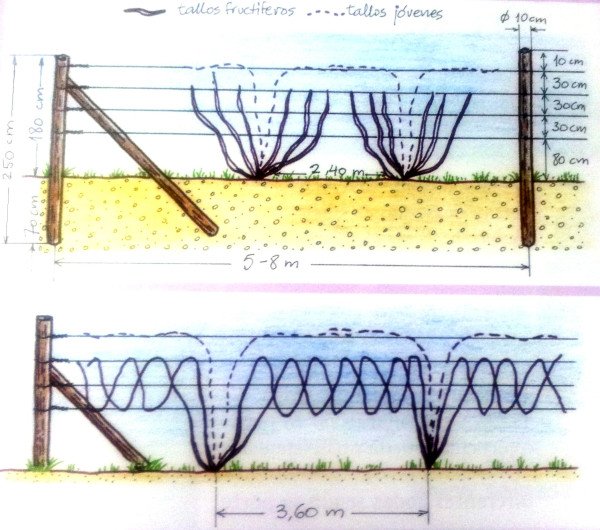
Thanks to the trellising, the light and the air will give the whole plant better and there will be less risk of fungi. A good way is to place two wooden posts with horizontal wires that go from one to the other and in which the branches will be tied. I leave you a photo with an example of tutoring.
blackberry pruning
At the end of summer or beginning of autumn, when all the blackberries have been harvested, remove the branches that have borne fruit to make room for the new ones (the branches of brambles, like those of raspberries, come out and grow the first year, bear fruit the second and then die giving way to other new branches). A general pruning in mid-summer is also convenient, leaving the plant at a height of 1-1.2 meters and more or less the same width.
Uses and benefits of blackberries
Blackberry leaves have medicinal properties (astringent, diuretic, antidiabetic…), which is why they are used to make natural infusions.
The fruits or blackberries are rich in Vitamin A, C, potassium and phenolic compounds that are very beneficial for health, mainly anthocyanins. They also have a lot of fiber and few calories, like most fruits.
Blackberries can be eaten raw as a healthy dessert or snack. In addition, they are ideal for making desserts and jams or preserves to accompany meats. Many wild fruits combine well with aromatics such as mint or can be used to flavor wines or spirits.
There are many health benefits of blackberries and, in addition, they are delicious and can give a touch to our dishes. As we have seen, blackberries are very easy to grow, so there is no excuse not to plant blackberries in the garden.
References
- Castro Retana, J. & Cerdas Araya, M., 2005. Blackberry (Rubus spp): Cultivation and Postharvest Management. Ministry of Agriculture and Livestock of Costa Rica.
- Colombian Agricultural Institute, 2011. Phytosanitary management of blackberry cultivation.
- Bernal-Roa, LJ et al., 2014. Evaluation of the Aromatic Profile and Antioxidant Properties During the Ripening of Blackberry Fruits (Rubus glaucus benth). Acta Horticulturae 2014, nº 1016, p. 39-45.
- Iza, M. et al., 2020. Morphological, phenological and pomological differentiation of commercial cultivars of blackberry (Rubus glaucus Benth). Approach UTE Magazine, vol. 11 (2), p. 47-57.

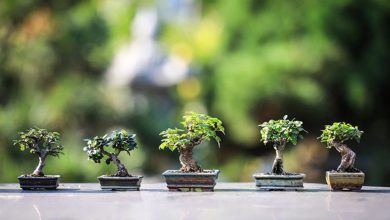
![Photo of Planting an Orange Tree: [Forms, Care, Substrate, Irrigation and Pests]](https://www.complete-gardening.com/wp-content/uploads/2022/08/planting-an-orange-tree-forms-care-substrate-irrigation-and-pests-390x220.jpg)
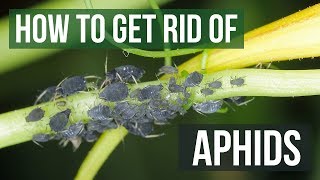
![Photo of Plant Camellias in your Garden: [Where, How and When to do it]](https://www.complete-gardening.com/wp-content/uploads/2022/08/plant-camellias-in-your-garden-where-how-and-when-to-do-it-390x220.jpg)